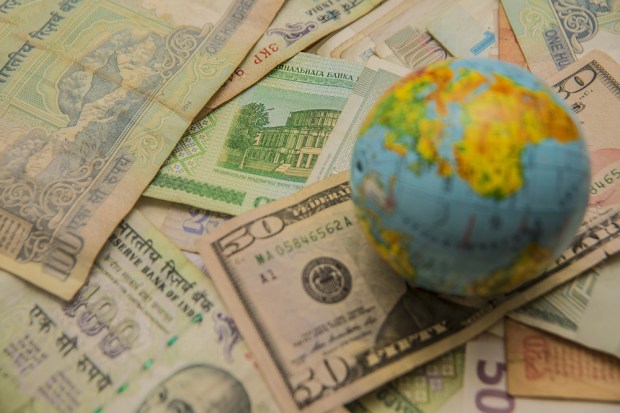Demonetization Fails To Curb India’s Dark Money Problem

Despite efforts at purging high denomination bank notes last year, new reports indicate 99 percent of the forbidden currencies were actually deposited or exchanged for new currency.
This, it seems, is a major blow to the government’s efforts to bring an end to — or at least severely curtail — the large amounts of “black money” running through the system.
One of the goals of demonetization, according to Prime Minister Narendra Modi, was to leave corrupt officials, businessmen and criminals known for hoarding cash stuck with “worthless pieces of paper.” The thought was that wealthier citizens who had been hoarding cash would rather destroy or abandon it than admit to the fact that they were hoarding. The theory is that this would limit central bank liability and create a windfall for the government.
Not so much, as it turns out. Cash holders were not so worried to admit to hoarding and returned some 99 percent of those banned notes to the bank — though through somewhat complicated means. To avoid having to declare large sums of cash, wealthier cash holder simply sold their old notes — at less than face value — to brokers. Those brokers then paid other Indians to deposit or exchange those notes in smaller, less remarkable amounts.
This has, surprisingly, led to criticism.
“99 percent notes legally exchanged! Was demonetisation a scheme designed to convert black money into white?” former Finance Minister P. Chidambaram tweeted.
“A colossal failure which cost innocent lives and ruined the economy. Will the PM own up?” tweeted Rahul Gandhi, de facto leader of the opposition Congress.
The news will come as a hit for Prime Minister Modi, who sold the changes to the poor and working class — who were hit hardest by demonetization — on the idea that that the difficulty was in service of a greater good: punishing the rich and corrupt.
Arun Jaitley, finance minister, on Thursday defended the demonetization at a conference in New Delhi, noting that the process of cataloging and taxing all of the funds that entered the system is ongoing.
“The fact that money has got into the banking system does not mean that it is all now legitimate . . . The money got identified with the owner whom henceforth had been fixed with the liability of explaining that money and facing taxation on it. We are now involved in a large amount of data mining and a large number of people are being questioned.”
